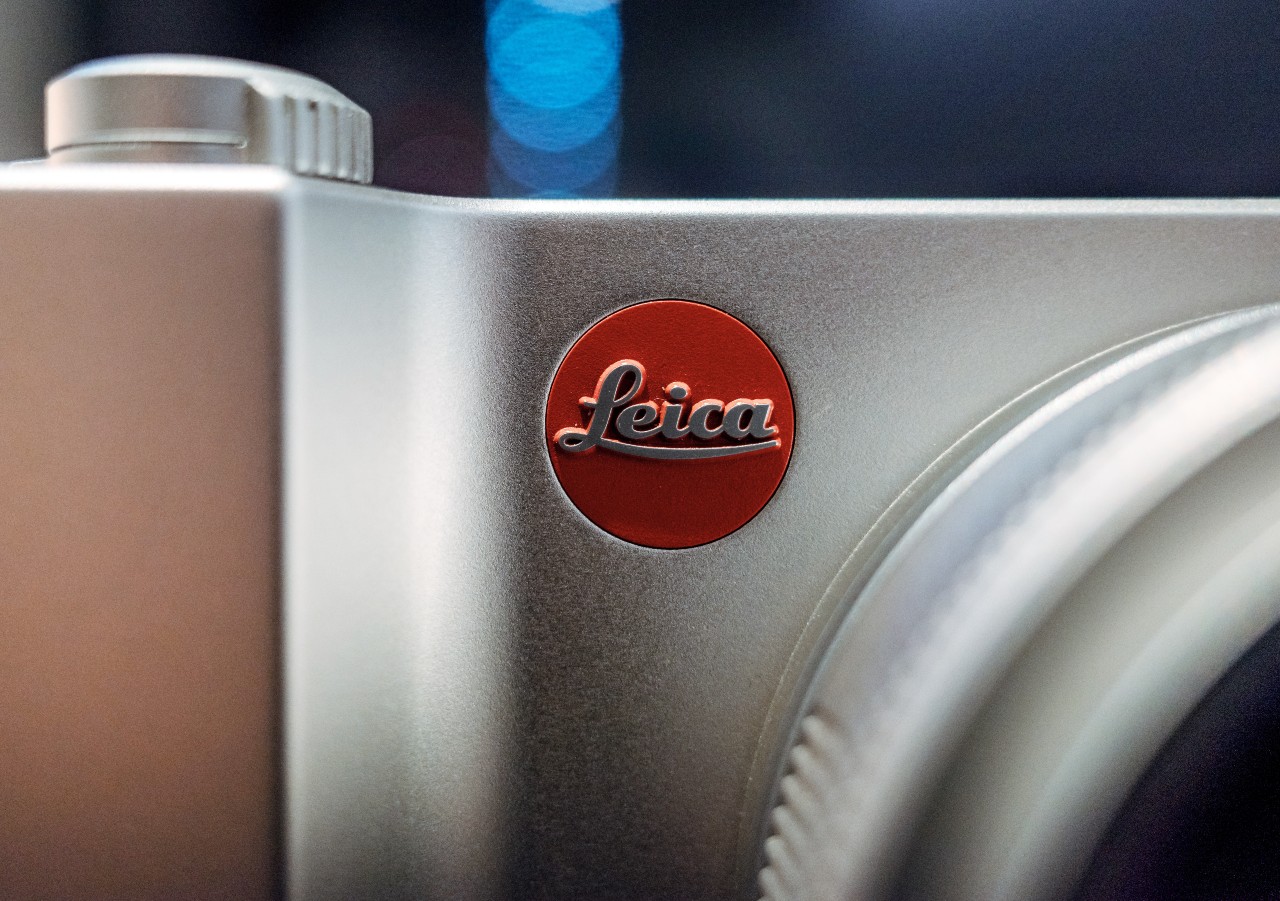2018 has seen a shift in the photographic world the likes of which we haven’t experienced since the introduction and change from analogue to digital systems. While mirrorless systems are by no means new to the photographic world, this year has seen many of the most trusted names in photographic equipment shifting their focus from DSLR systems to providing their loyal users with new and innovative mirrorless systems.
From Nikon and Canon releasing their first full-frame mirrorless systems to Panasonic, Leica and Sigma forming the L-Mount Alliance, all focus this year is on lightweight yet powerful additions to their already impressive collections.
But before you rush out and drop some hard earned cash on a new mirrorless system, take a moment to stop and think about exactly what you need from your camera as a photographer or videographer. Mirrorless cameras are, as we’ve mentioned above, blowing up right now but what exactly sets them apart from our trusted DSLR systems?
The most notable difference between the DSLR camera we’ve come to experience as extensions of ourselves and the new mirrorless systems are the workings of their respective viewfinders and image sensors. DSLR’s rely on an internal mirror system which assists in bouncing light entering the lens up towards the viewfinder. Much like traditional SLR cameras, this mirror system responds to the shutter button being pushed by flipping up and out of the way and allowing light to hit their image sensor. In a nutshell, this is how your images are captured with your film or memory card.
As their name suggests the new mirrorless systems that have tidal waved into 2018 do not work on this same mirrored system. Instead, their image sensors are continuously exposed to light.
While DSLR’s are still considered more practical for photographers focused on fast-moving subjects like sport or wildlife, and many side by side comparisons further prove this theory the mirrorless market is hot on their heels with each and every firmware update. This being said, what really pushes mirrorless cameras to a level above their DSLR predecessors is their remarkably short flange distance which has enabled the manufacture of lenses with seriously wide apertures. It’s also worth noting that because mirrorless systems are rising at such a phenomenal rate almost all the technical development being done within the photographic industry is placed solely on the new kids on the block.
Many content creators who focus on video production are hailing mirrorless systems as the way forward. Due to forgoing mechanical parts for updated electronic pieces, they have smaller, more lightweight bodies which makes them relatively easier to carry around while their all-important rotating electronic monitors allow for real-time critique when shooting in selfie mode. While forgoing mechanical parts has its upsides the addition of electronic parts has the pitfall of drawing more power from their batteries which can impact your shooting time between charges. This drain on battery life has pushed manufacturers to develop more efficient and smarter designs in order to improve the standards of their products, all without sacrificing the all-important image quality of ever-evolving sensor and optics technology.
The rise in mirrorless cameras has also breathed new life into smaller photographic brands and has given them the opportunity to carve out niches within the trade. Olympus, who have stepped up their game and are now producing great smaller-bodied cameras and lenses that are packed full of innovative, first-to-market technologies and Fujifilm with their very tactile systems with a retro-chic edge. The rise of mirrorless systems has also given Sony a much-deserved chance at redemption with the release of their hugely popular Alpha series, putting all thoughts of the mistakes made with their DSLR systems in the past.
While we may be apprehensive of newer developing technology it is important to remember that with change comes the push for improvement, not only with the flood of new mirrorless systems but within our trusted DSLR systems too.
But how do you go about choosing which mirrorless system is the right fit for you? As most of the most trusted brands in photography now offer mirrorless systems there’s no need to take a leap of faith, you can stick with the brand you know and trust. You’re sure to be able to find your perfect mirrorless fit! There’s also the added bonus of new and improved adapters being introduced to the market, meaning that should you choose to take the leap and go mirrorless you won’t need to worry about replacing your lens collection, simply add an adapter to your kit and you’ll be using your favourite lenses across the board.
Interested in finding your new favourite mirrorless camera? Why not have a look at some of the top new mirrorless systems released in 2018.
- Find out more about the new Nikon Z Series.
- Find out more about the Sony Alpha A7 III.
- Find out more about the Fujifilm X-H1.
- Find out more about the Canon EOS R.
- Find out more about the Panasonic Lumix S Series.








